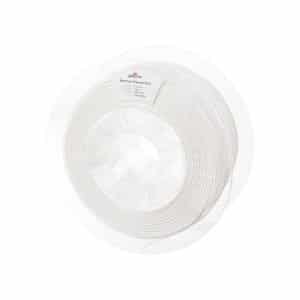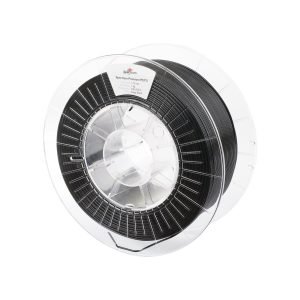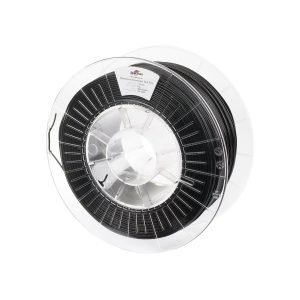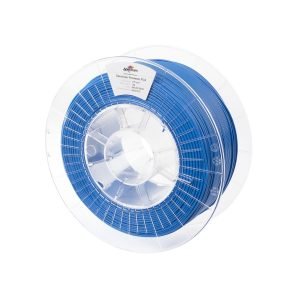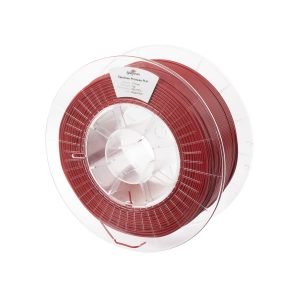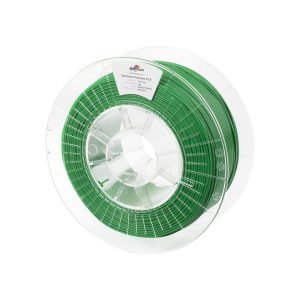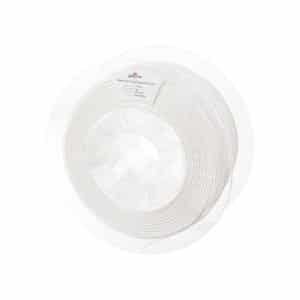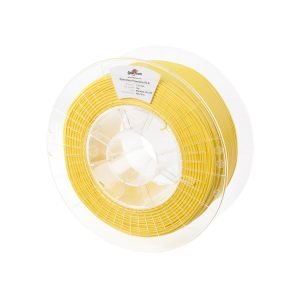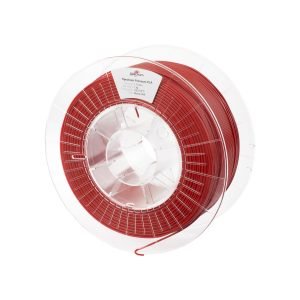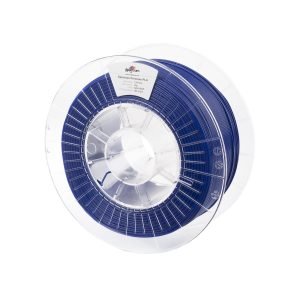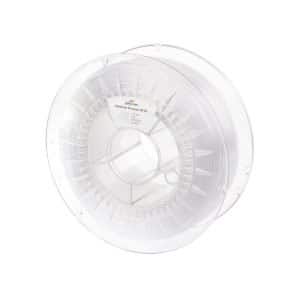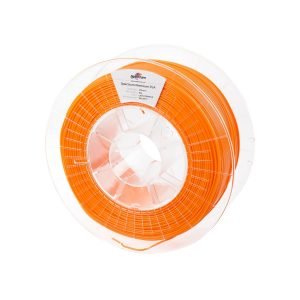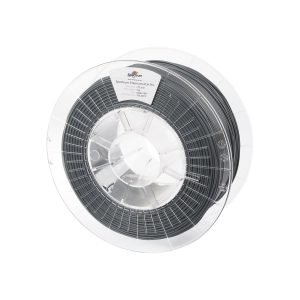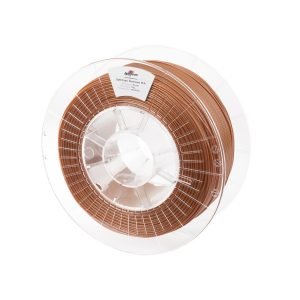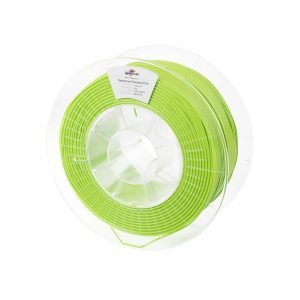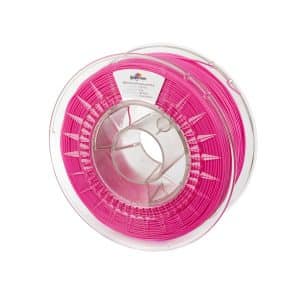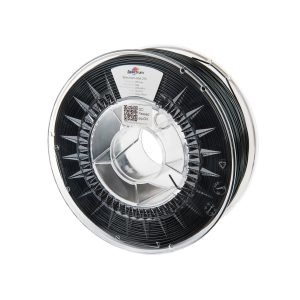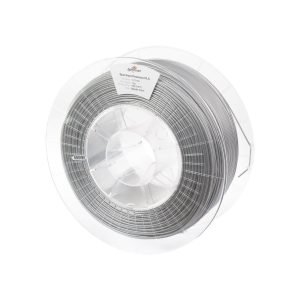Hvad er 3d filament?
3d filament er den materialetråd og fleksibelt materiale, der bruges til en 3d printer til at skabe fysiske objekter og print lag for lag. Det er essentielt for processen og spiller en afgørende rolle i kvaliteten og holdbarheden af de mange print. Filament kommer i forskellige typer og farver og kan fremstilles af forskellige materialer som PLA, ABS, PETG, og mange andre.
I bund og grund er 3d filament nøglen til at omsætte dine digitale design til fysiske objekter gennem 3d print teknologi og din 3d printer. Hos 3D-Store tilbyder vi et omfattende udvalg af filament muligheder af høj kvalitet og unikke egenskaber. Der passer til enhver 3d printer og ethvert projekt. Lad os hjælpe dig med at finde det perfekte filament til dine behov, og tage dit projekt til det næste niveau!
Introduktion til forskellige typer
Når det kommer til 3d print, spiller valget af filament en afgørende rolle for det endelige resultat. Der findes en række forskellige typer filament, hver med forskellige egenskaber og anvendelsesområder. Fra biologisk nedbrydelige materialer med høj styrke og holdbare polymere. Mulighederne er næsten uendelige. Lad os udforske nogle af de mest almindelige typer filament og deres karakteristika for at hjælpe dig med at træffe det rigtige valg til dine 3d print projekter.
PLA filament
PLA filament står for Polylactic Acid filament. Det er et populært materiale inden for 3d print på grund af dets mange fordele. PLA filament er fremstillet af bionedbrydelige ressourcer som majsstivelse eller sukkerrør. Hvilket gør det til et miljøvenligt valg. Det har en lavere smeltepunkt sammenlignet med andre filamenttyper, hvilket gør det nemt at arbejde med og ideelt til begyndere indenfor 3d print.
ABS filament
ABS filament, forkortelse for Acrylonitrile Butadiene Styrene, er et populært valg inden for 3d print på grund af sine fremragende egenskaber. Kendt for sin imponerende holdbarhed og modstandsdygtighed over for højere temperaturer, er ABS filament ideelt til en bred vifte af anvendelser. Denne type filament er særligt egnet til funktionelle prototyper og reservedele på grund af dens ekstraordinære styrke og slagfasthed.
Når det kommer til at skabe funktionelle dele, er ABS filamentet et pålideligt valg. Da det kan modstå belastninger og mekaniske påvirkninger uden at miste sin form eller integritet. Det er særligt nyttigt i industrien, hvor dele ofte udsættes for slid og stress i deres daglige funktion.
PETG filament
PETG filament, en forkortelse for Polyethylene Terephthalate Glycol. En imponerende fusion af egenskaber fra to populære filamenttyper. Kombinationen af den høje styrke, høj kvalitet og holdbarhed, der minder om ABS, sammen med den brugervenlighed og lave krympning, der findes ved PLA, gør PETG til et yderst alsidigt materiale til 3d print. Dens evne til at skabe robuste og detaljerede udskrifter gør det til et foretrukket valg for både hobbyister og professionelle, der ønsker at opnå imponerende resultater.
Udover de nævnte typer af 3d filament er der også flere andre variationer til rådighed, hver med deres unikke egenskaber og anvendelsesområder. Fra specielle filamenter som Woodfill og Metal Composite til mere specialiserede materialer som PVA og Carbon Fiber. Der findes altså en bred vifte af muligheder for at opfylde dine specifikke behov og kreative visioner.
(FAQ) Ofte stillede spørgsmål
Har du spørgsmål om filament til din 3d printer? Vi har samlet nogle af de mest almindelige spørgsmål og svar for at hjælpe dig med at forstå processen, forskellene og de mange muligheder, som filament tilbyder. Vi håber, at disse oplysninger vil gøre det nemmere for dig at finde det rigtige filament til dine behov.
Hvad er forskellen mellem PLA og ABS filament?
PLA er et biologisk nedbrydeligt plastmateriale, der er nemt at arbejde med og har en lavere smeltepunkt end ABS. Hvilket gør det ideelt til detaljerede print. ABS er mere holdbart og modstandsdygtigt over for høje temperaturer, hvilket gør det velegnet til funktionelle prototyper og reservedele.
Kan jeg male på emner printet med jeres filament?
Ja, vores filamenter kan males på med de fleste typer af maling. Vi anbefaler dog at bruge en primer eller et særligt malingssystem designet til 3d print for bedste resultater.
Hvilken diameter filament skal jeg bruge til min 3d printer?
Det afhænger af din printers specifikationer. De fleste FDM-printere bruger 1,75 mm eller 2,85 mm filament, mens nogle SLA-printere bruger 405 nm resin.

